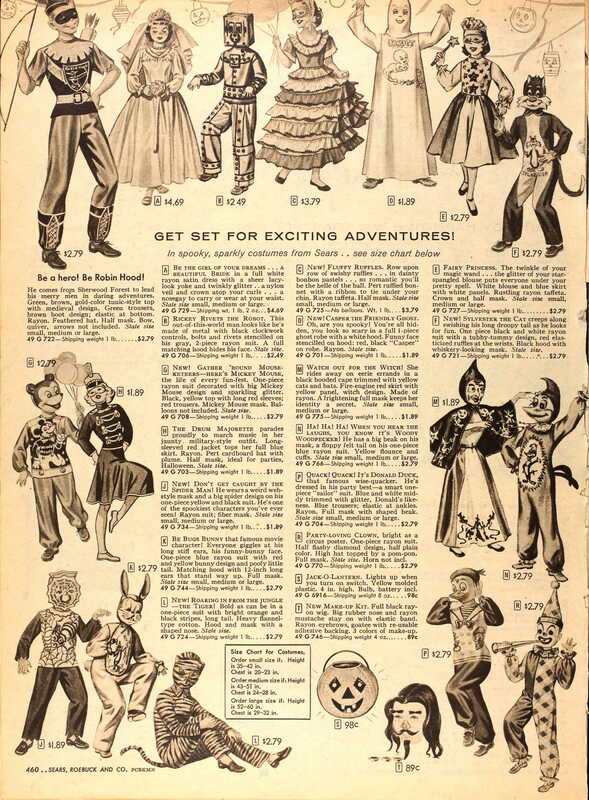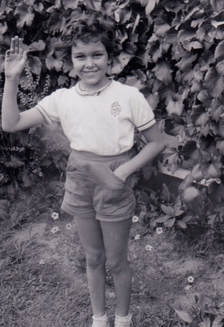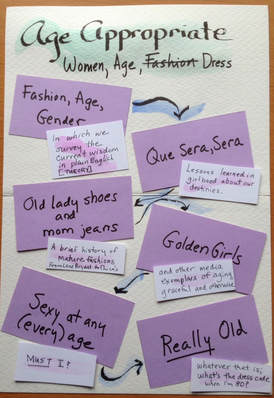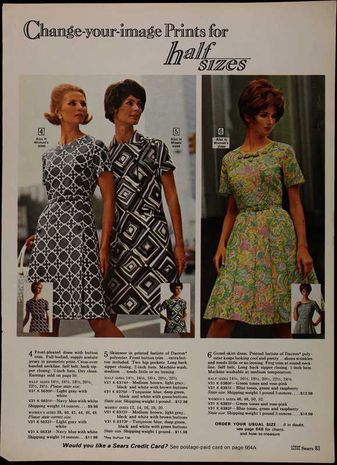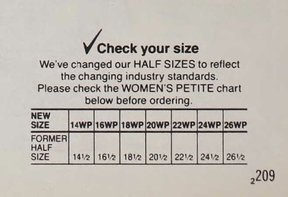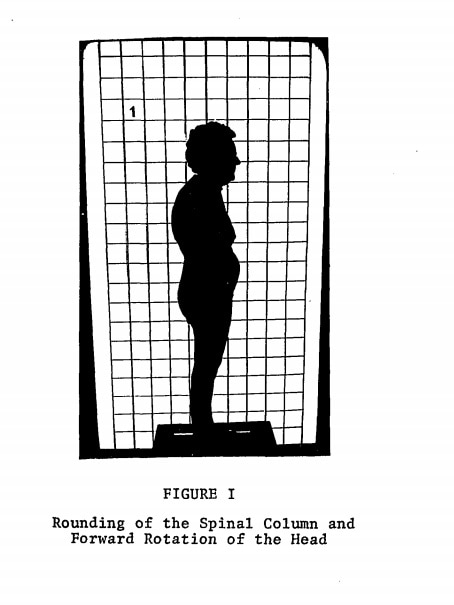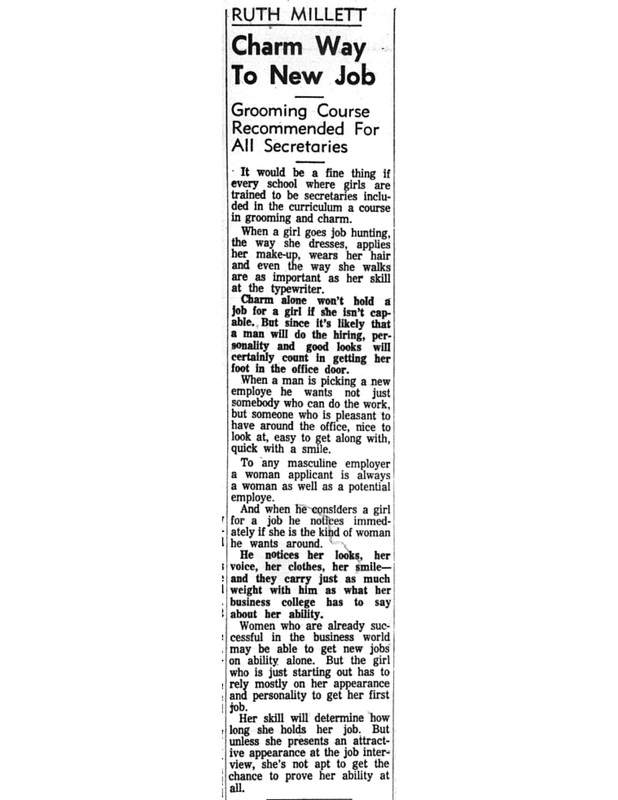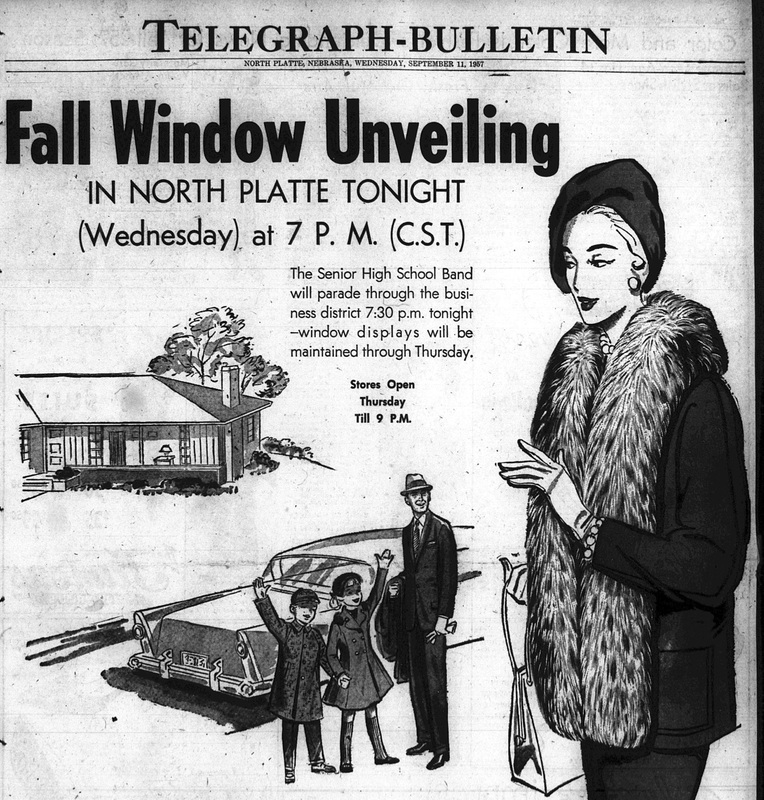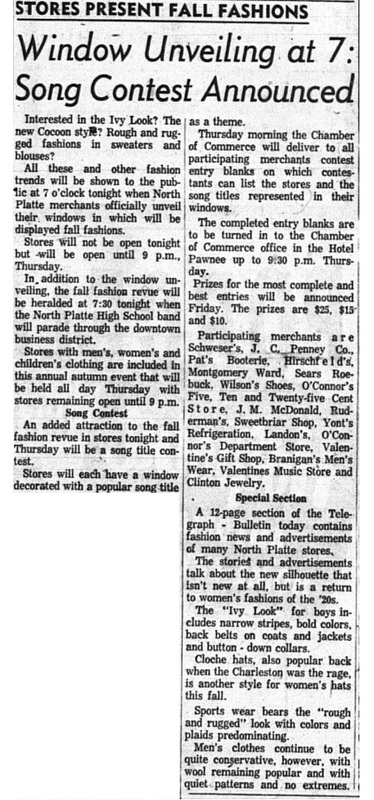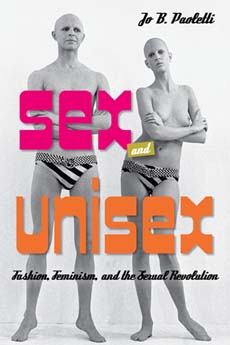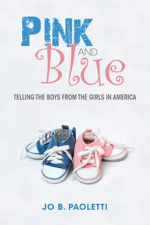This is why it is so important to study the marketplace AND the market, the consumers AND what they consumed. This is why my own story was not enough, why I have to find others in my cohort, similar enough to me in age and race to understand the full complexity of this process.
If you are an American white woman born in 1949 or from the high school class of 1967, and willing to be interviewed for this project, send me a note through the "contact" link.
